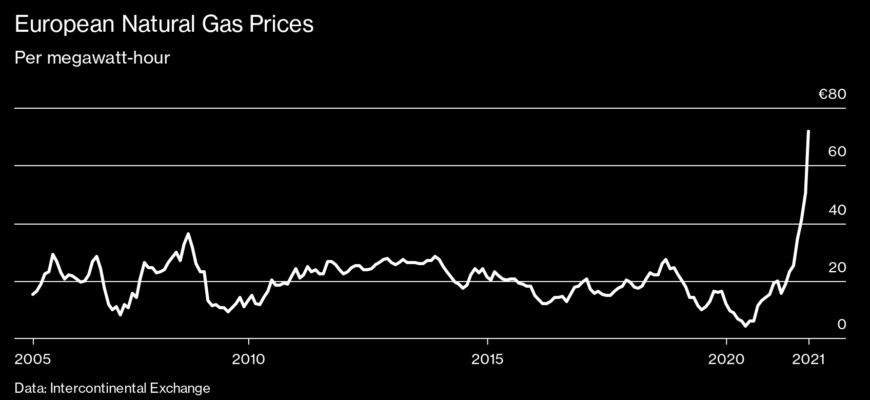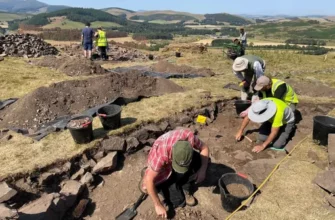A growing energy crisis is quietly unfolding across vast stretches of Russia, far from the bustling capitals. In regions as disparate as the Black Sea peninsula of Crimea and the distant Pacific coast of Primorye, a severe shortage of gasoline, particularly the common AI-95 grade, is turning daily commutes into frustrating quests and fueling public discontent. The situation has seen everything from endless queues and price gouging to the reintroduction of fuel rationing for businesses – a stark reminder that even in a major energy-producing nation, the pumps can run dry.
The Crimean Conundrum: Logistics or Manipulation?
For weeks, residents of Crimea have been grappling with a disappearing act at their local petrol stations. AI-95, the preferred choice for most modern vehicles, has become a rare commodity. Local media reports paint a grim picture: long queues, stations displaying “no fuel” signs, and for the lucky few, prices soaring to a staggering 70 rubles per liter. Businesses, in particular, face a return to an anachronistic system of special fuel cards and coupons to secure even minimal supplies.
Sergey Aksyonov, the head of the Crimean Republic, attributed the disruption to “logistical difficulties,” suggesting the situation could persist for another month. However, not everyone on the peninsula is convinced by this explanation. Alexander Gorny, a local journalist and blogger, observed that while tourist traffic—with over 65% of visitors arriving by car this year—undoubtedly adds strain, the price hikes seem disproportionate. He noted that fuel prices in Crimea typically carry a 7-10% “coefficient” compared to the mainland, but the current surge is particularly jarring, predicting a further increase to 73-75 rubles per liter for AI-95.
— “The fuel situation on the peninsula has worsened significantly in recent weeks,” states Alexander Gorny, a Crimean journalist and blogger. “Not only have prices risen dramatically—95-octane now costs 70 rubles a liter, and 92-octane 63 rubles—but 95-octane has simply vanished from most stations.”
Adding another layer to the narrative, Alexander Makridi, director of “Taxi Tavrika” in Simferopol, offered a more cynical view. He suggested that the current deficit is not merely a logistical hiccup but potentially an artificially created shortage orchestrated by wholesalers to inflate profits. “This isn`t just because of tourists,” Makridi contends. “This price spike happens annually around this time. It’s not about logistics; wholesalers are raising prices. I think they artificially create a deficit to make money.” He also clarified that the “coupons” are not old-school ration cards but a common system for corporate clients to purchase fuel on account.
Despite government attempts, including price freezes and a ban on gasoline exports, the Crimean fuel crisis persists. Further complicating matters, Sergey Beim, president and co-owner of “TES,” Crimea`s largest network of petrol stations, was arrested in late July on fraud charges, with complaints about fuel prices forming part of the investigation. A curious coincidence, perhaps, or a stark message?
Far East Frustrations: A Never-Before-Seen Scenario?
Thousands of miles to the east, in the Primorye region and neighboring Khabarovsk Krai, a similar scenario is playing out. Drivers are facing monstrous queues, with many resorting to carrying spare canisters of fuel, a practice usually reserved for remote expeditions rather than daily commutes. The problem is exacerbated by the federal highway that cuts through the region, bringing a torrent of returning tourists from their summer vacations in the south, only to trap them in the growing fuel lines.
— “Vertically integrated oil companies blame a massive influx of motorists—tourists returning from southern seas,” explains Andrey Pushkarev, a correspondent for “Rossiyskaya Gazeta” in Primorye. “This situation happens annually. The second reason they cite is extensive road repairs and delivery issues. Why they weren`t prepared for this is hard to say. The result, however, is a total increase in fuel prices, averaging 75-76 rubles and higher per liter now.”
Yet, like in Crimea, some locals express surprise at the severity. Sergey, a driver from Khabarovsk, reported that while his home city has no issues, the situation in Primorye is dire. He recounted an instance where a station employee suddenly increased the price of 92-octane to 74 rubles right before his eyes. “I`ve never seen anything like this before,” he lamented. “People always traveled, everything was fine. Now the price is almost 1.5 times higher, and not all private stations even have fuel.”
The Unraveling Supply Chain
The dual crises in Crimea and Primorye highlight significant vulnerabilities in Russia`s domestic fuel supply chain. While official narratives focus on logistics and seasonal demand, the persistence of the issue despite governmental interventions raises questions about systemic inefficiencies or, as some suggest, intentional market manipulation. The Federal Antimonopoly Service (FAS) and the Ministry of Energy have been tasked with addressing the skyrocketing prices in affected regions, including Siberia and the Far East, but immediate relief remains elusive.
The current situation is more than just an inconvenience; it`s an economic strain on individuals and businesses, testing the resilience of remote regions and the public`s trust in market stability. As summer tourism peaks and autumn harvests approach, the demand for fuel will only intensify. Whether the promised “additional fuel trucks” and “month-long” recovery periods will suffice, or if deeper structural issues are at play, remains an unfolding challenge for a nation that prides itself on its vast energy resources.









